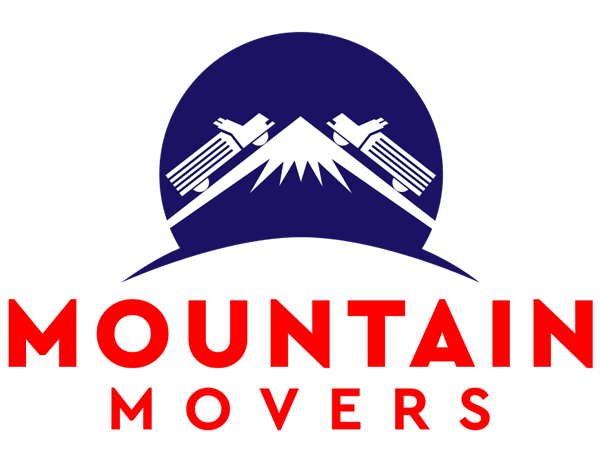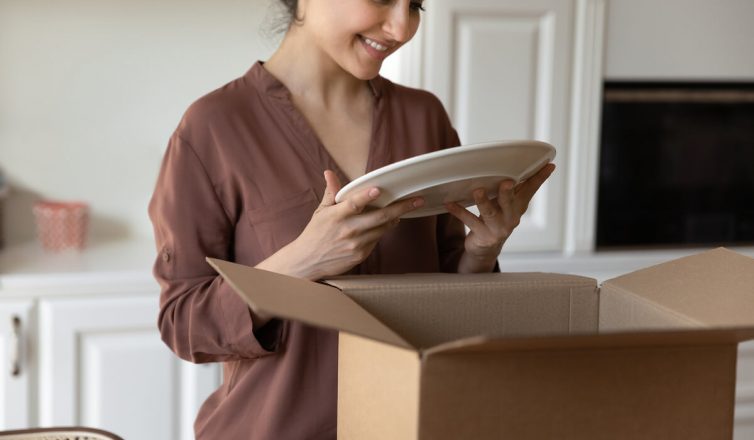Packing dishes safely for a move requires the right materials, careful planning, and proper techniques to prevent breakage. Your dishes represent both practical needs and sentimental value, making their safe transport a top priority during any relocation. This guide covers everything from gathering supplies to strategic packing methods that protect your fragile items. Whether you’re doing it yourself or working with reliable movers in Austin, these proven techniques help keep your dishes intact throughout the moving process.
Gather Packing Supplies
Start by gathering the needed packing supplies for safely packing dishes for a move. You will need sturdy cardboard boxes in various sizes to fit different dish sizes. Bubble wrap, packing paper, and foam pouches are important for protecting dishes from breakage during transport. Ensure you have packing tape to secure the boxes and prevent them from opening. A marker for labeling boxes with contents and handling instructions is important for easy unpacking. Having a pair of scissors or a box cutter handy will make the packing process smoother. By having these supplies ready, you can make sure that your dishes are packed securely and arrive at your new destination intact.
Organize Dishes by Size
To pack efficiently and maximize space use, categorize dishes by size before placing them in the appropriate boxes. Start by sorting your dishes into three categories: small, medium, and large. This organized approach helps you nest smaller items inside larger ones, saving valuable space in the moving boxes. When organizing dishes by size, begin with the largest items at the bottom of the box, followed by medium-sized pieces and smaller dishes on top. By following this strategy, you create a stable base with larger items and prevent smaller dishes from shifting during transport. Properly organizing your dishes by size not only makes the packing process easier but also helps protect fragile items during the move.
Use Protective Padding
Use padding materials such as bubble wrap or packing paper to provide protective cushioning for your dishes during the moving process. When packing dishes, it’s essential to ensure they are well-protected to prevent breakage. Here are some key tips for using protective padding:
- Wrap Each Dish Individually: Wrap each dish separately in bubble wrap or packing paper.
- Fill Empty Spaces: Fill any gaps in the moving boxes with packing material to prevent dishes from shifting.
- Layering: Alternate between layers of dishes and padding to create a cushioned stack.
- Secure Layers: Secure each layer with tape to keep the padding in place and provide additional protection.
Pack Dishes Strategically
When packing dishes strategically, consider the layout of your moving boxes to maximize space and make unpacking easier. Start by placing heavier items, such as plates, at the bottom of the box to provide a strong base. Stack bowls and smaller dishes on top, nesting them within each other to save space. Fill any gaps with crumpled packing paper to prevent shifting during transport. Avoid overpacking boxes to prevent breakage. Keep similar items together to make unpacking easier. Consider placing a layer of protective padding between each layer of dishes for added security. By organizing your boxes thoughtfully, you can make sure that your dishes arrive at your new home safely and in perfect condition.
Label Boxes Clearly
Marking boxes is important for an organized and efficient moving process. When done correctly, it helps items be easily located and handled appropriately. Here are four key tips for properly labeling your moving boxes:
- Use Descriptive Labels: Write a brief description of the box’s contents on the top and sides for quick identification.
- Color-Code Boxes: Assign a color to each room and mark the boxes accordingly, simplifying the unpacking process.
- Fragile Stickers: Indicate boxes containing delicate items with ‘Fragile’ stickers to prevent mishandling.
- Label Priority Boxes: Mark boxes that need to be unpacked first with a ‘Priority’ label to access important items immediately.
Other Related Articles:

